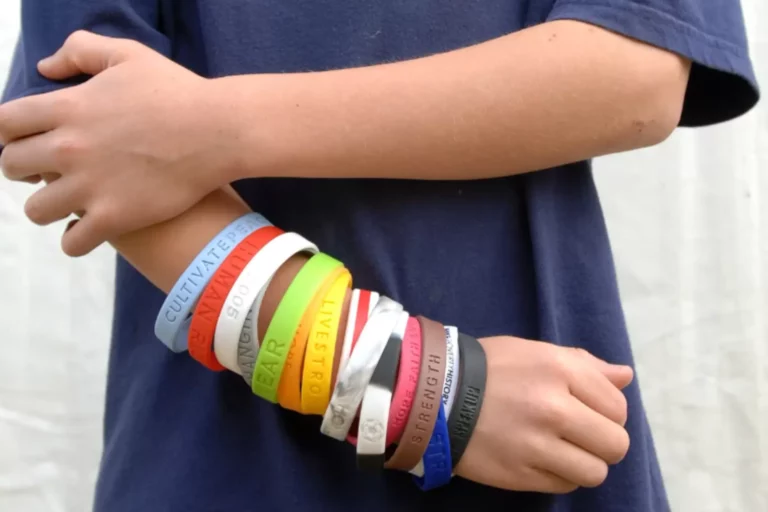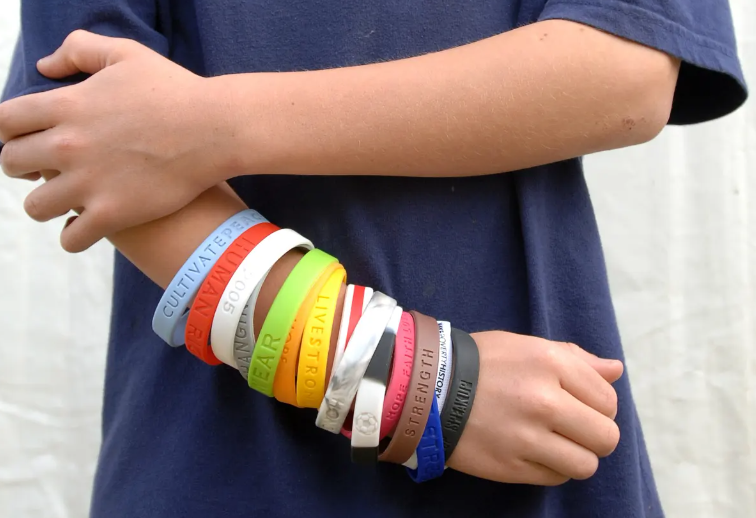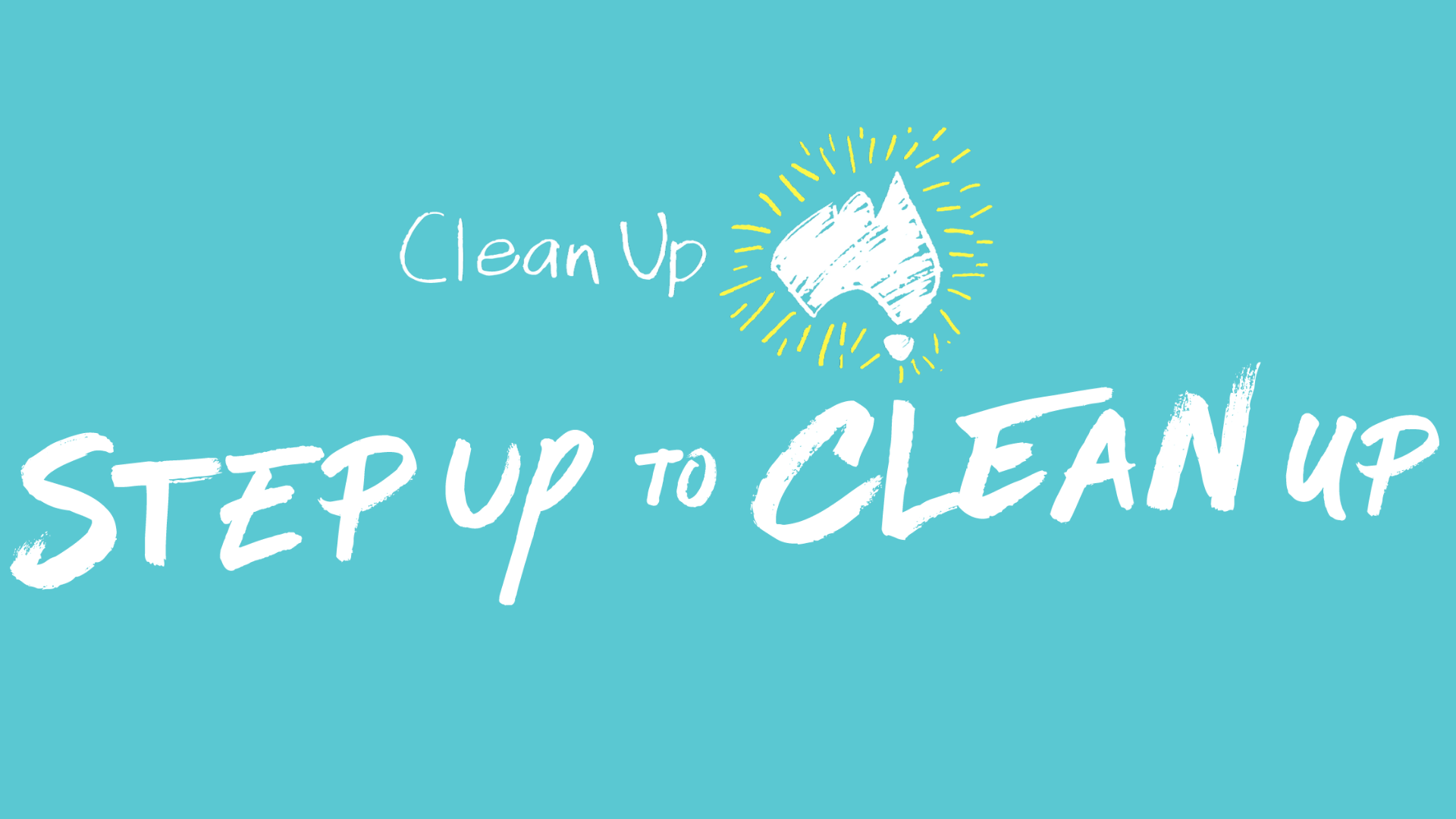Blog Are Silicone Wristbands Bad for the Environment?

![]()
Silicone wristbands have become popular for events, fundraisers, and promotional campaigns due to their versatility, durability, and vibrant colours. However, as the world becomes more environmentally conscious, consumers demand better sustainable practices from their products, brands and the companies and events they support. Successful businesses are analysing all aspects of their operations, from the products used to facilities, staff management and communications.
If you are considering using wristbands at your event or within your business, examining whether silicone wristbands align with sustainable practices is essential. In this blog post, we will explore the environmental impact of silicone wristbands, and their potential for reuse, repurposing, and recycling, providing you with a full understanding of their eco-friendliness.
Re-Using Silicone Wristbands and Benefits for the Environment
Silicone wristbands (sometimes called silicone rubber wristbands) are considered more environmentally friendly than many alternative options. Unlike traditional wristbands made of materials like plastic or rubber, silicone wristbands are made from a silicon-based polymer derived from abundant resources such as sand. The manufacturing process typically involves mixing silicone with catalysts and colour pigments before shaping them into wristbands. Silicone is a non-toxic material resistant to extreme temperatures and does not release harmful substances during its lifecycle, making it a safer choice for both users and the environment.
One of the significant advantages of silicone wristbands for events is their potential for reuse. Whilst you can recycle Tyvek wristbands, plastic on vinyl wristbands, they are generally only used for events and festivals lasting up to 5 days, meaning they have a shorter life span. However, silicone wristbands are highly durable and can withstand repeated use, allowing event organisers to collect and redistribute them for future events. By encouraging participants to return their wristbands after an event, they can be cleaned, sterilised, and used again, reducing waste and minimising the need for new production. The fact that silicone wristbands for events are reusable is a major factor in many events and festivals using them, especially when we see more and more Australian states banning single-use plastics.

In addition to reducing waste, reusing silicone event wristbands offers economic benefits by lowering the costs of purchasing new wristbands for each event. Event attendees can feel a sense of satisfaction, knowing that their wristbands are being used in an eco-friendly manner, contributing to a circular economy.
It’s also worth noting that users proudly wear their silicone wristbands for weeks, months – even years! – in support of the event or charity. The fact that silicone wristbands are comfortable, easy to take on and off and can be sanitised quickly makes them an attractive option for long-term wearing. This is often the deciding factor for the charity or fundraising wristbands we saw popularised by the Livestrong campaign using yellow silicone wristbands to promote their cause.
Creative Ways You Can Repurpose Silicone Wristbands
Silicone rubber wristbands offer a variety of creative possibilities for repurposing, making them even more environmentally friendly. Instead of discarding old wristbands, consider these innovative ideas:
Recycling Silicone Wristbands
When silicone wristbands reach the end of their lifecycle or are no longer suitable for reuse or repurposing, recycling is the next eco-conscious step. While recycling options for silicone wristbands are limited, companies and organisations are working on developing innovative recycling processes for this material.
Recycling silicone wristbands involves breaking them down into smaller pieces and transforming them into raw materials for other silicone-based products. The recycled silicone can create new wristbands, phone cases, kitchen utensils, and other consumer goods. Although this recycling process is still in its early stages, efforts are being made to improve the availability and efficiency of silicone recycling solutions. You can look here at all the different Australian recycling programs to see how best to recycle all your products, including silicone wristbands, in your state.
![]()
What resources are available?
If you’re interested in learning more about recycling programs available in Australia, several resources can provide you with valuable information:
a) Recycling Websites: Visit websites like RecyclingNearYou.com.au has comprehensive guides on recycling programs, including information specific to your location. Websites like this offer directories, collection calendars, and educational materials to help you navigate recycling practices in your area.
b) Local Council Websites: Check your local council’s website for information on recycling programs and initiatives in your community. They often provide guidelines, collection schedules, and resources to promote proper waste management and recycling. Check out CityServices.act.gov.au for more detailed information on your area.
c) Environmental Organisations: Environmental organisations such as Clean Up Australia and Planet Ark are dedicated to promoting sustainability and recycling practices. Their websites offer resources, news articles, and campaigns on recycling and waste reduction.
d) Government Resources: Visit the official websites of government departments responsible for waste management and environmental protection. These resources provide information on recycling policies, initiatives, and programs implemented at the national, state, and local levels.
e) Community Recycling Centres: Community recycling centres are valuable resources that accept various types of waste, including electronic devices, batteries, and other recyclable materials. They often have specific guidelines and collection points for different items, making recycling responsibly easier.
By utilising these resources, you can stay informed about recycling programs across Australia, specifically in your home state, make informed choices, and actively participate in sustainable waste management practices.

Conclusion
Silicone rubber wristbands can be an environmentally friendly option for events and promotional purposes. Their durability, potential for reuse, and creative repurposing possibilities make them a sustainable choice. Silicone wristbands are becoming the eco-friendly alternative for longer-lasting wristbands needed for events, festivals and causes.
While recycling options for silicone wristbands are currently limited, the industry is actively working on improving the recycling infrastructure. By choosing silicone wristbands for events, you can reduce waste, promote a circular economy, and embrace eco-friendly practices in your events and everyday life.
Ways we can help
At The Wristband Co., we regularly work with organisations looking to create silicone wristbands for their events, awareness campaigns and business. We are happy to assist in any way we can. Get in touch with us today on 08 8363 4850 or email us at [email protected] for more information.
You can find out more about our company here.
Meet the Author

Laura Sayer, Co-Founder
Connect with Laura on LinkedIn
With a strong marketing background, Laura is driven to provide sustainable solutions that enhance event and business organisation while also elevating security measures. Her passion for exceptional customer service has been the catalyst for The Wristband Co.’s growth. Under her guidance, the company has established a reputation for delivering high-quality wristbands that are affordable and environmentally conscious.


Join our mailing list to receive product information, endless inspiration and 10% off your next order!
Monday – Friday 8:30 AM-8:30 PM
Saturday 10:00 AM-5:00 PM
Sunday CLOSED
38 Little Rundle Street Kent Town SA 5067
08 8363 4850
ABN: 62 239 772 879
The Wristband Co. is located on the traditional lands for the Kaurna people, and we respect their spiritual relationship with their Country. We also acknowledge the Kaurna people as the custodians of the Adelaide region and that their cultural and heritage beliefs are still as important to the living Kaurna people today.
Payments Accepted